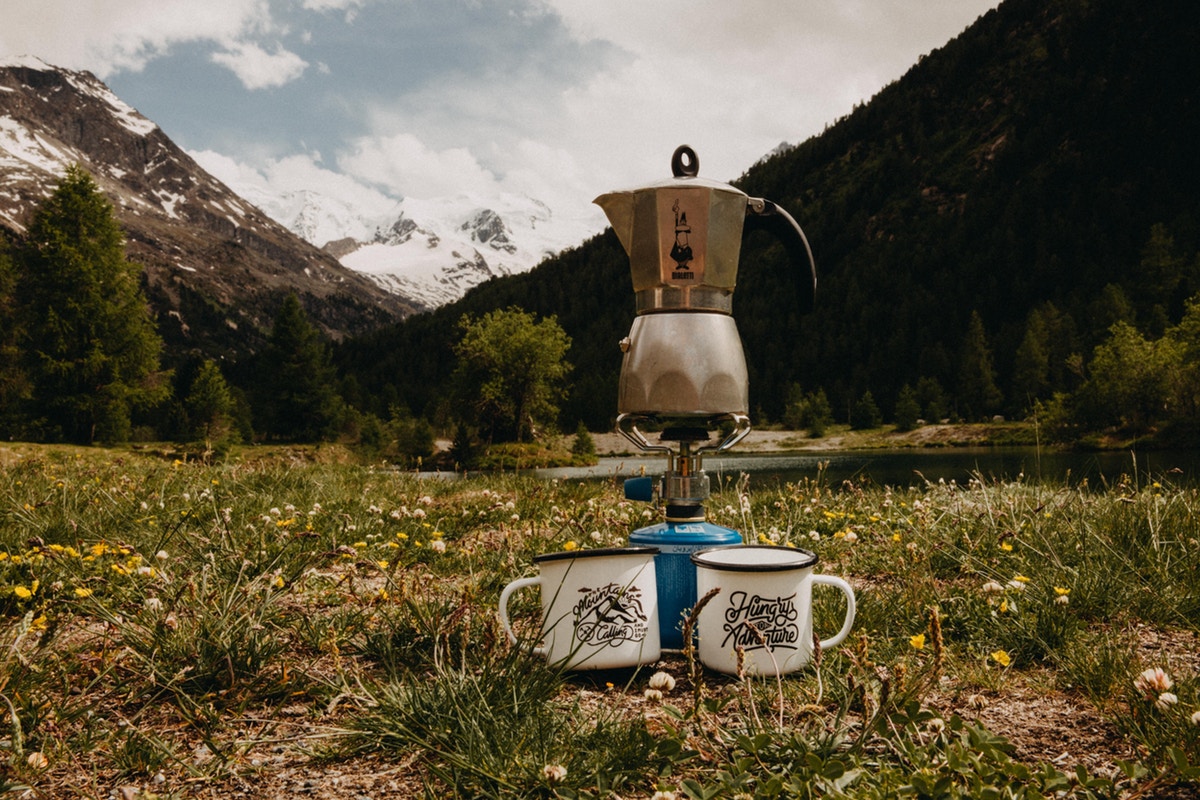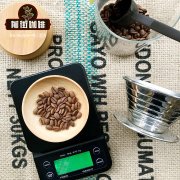How to buy a good cup of coffee _ what are the factors and variables of making good coffee?

Professional coffee knowledge exchange More coffee bean information Please pay attention to coffee workshop (Weixin Official Accounts cafe_style)
Among all the handmade drinks, the taste of a cup of coffee depends especially on the craft of the brewer. There are so many variables that affect the quality of coffee, and as consumers, all we can decide is how cold it is to drink it. Occasionally try to make your own coffee, even if you have all the coffee beans and tools, it seems difficult to match the quality of coffee shops. How do you make a cup of coffee comparable to a coffee shop?
Christopher Hendon, co-author of the book Water for Coffee: Science Story Manual and associate professor of computational materials and chemistry at the University of Oregon, believes that brewers also need to master chemical and physical principles at the same time. In addition to the quality of coffee beans, variables such as water temperature, water quality, particle distribution, water powder ratio and time will affect the final taste of the cup. To make good coffee, you have to learn to control these variables.
Generally, the coffee we are accustomed to drinking has two densities of ingredients (organic acids, inorganic acids, heterocyclic compounds, Mena reaction products, etc.): one is 1.2 - 1.5% such as drip coffee, and the other is 8 - 10% such as espresso. Turkish coffee, such as hand-washed, pressed, siphoned, machine leaked, or directly heated with water like coffee powder, can reach a density of 1.2 - 1.5%; strong coffee such as 8 - 10% is more likely to use coffee machines. Coffee composition density is generally consistent with its origin, important is the following factors:
1. temperature and speed
From the above, we can see that the low caffeine brewing methods are roughly divided into two categories: soaking and dripping. Physically speaking, the biggest difference is that coffee beans are soaked at a higher temperature than drips. In fact, the most time-consuming part of the coffee extraction process is not to dissolve caffeine from the surface of the particles, but to wait for the coffee flavor to pass through all the particles and reach the junction between water and coffee. The length of time spent varies according to the temperature of the water. The more coffee beans are heated, the more delicious compounds are extracted. However, if the temperature is too high, it will dissolve more unwanted compounds in the water and affect the taste.
On the other hand, hand brewing and other dripping methods are more complicated to calculate because it takes time for the water to flow through the coffee beans. The brewing time depends on the thickness of the coffee beans in addition to the water temperature.
2. Ratio of coffee beans to water
When dripping, fine coffee beans increase brewing time and extraction capacity. Brewers can increase the ratio of water to coffee beans by reducing the amount of coffee beans, but at the same time reduce the brewing time accordingly. Therefore, dripping is more troublesome than soaking, and it takes everything to make a good cup of coffee.
3. water quality
Even if you do the above two principles well, it is difficult to guarantee that the coffee that comes out is error-free. Hendon pointed out that there are two other details that can affect the quality of the finished coffee, one of which is the pH of the water.
Coffee is an acidic drink, so the pH value of the water used for brewing is also important. Coffee brewed with low HCO (Bicarbonate) water (also known as soft water) has a higher acidity; coffee brewed with high HCO (i.e. hard water) will neutralize the strong acidity. Ideally, coffee is best brewed with water with the right chemicals, but it is difficult to know the HCO concentration in tap water. Hendon suggests trying Evian mineral water, which has one of the highest HCO concentrations (up to 360 mg per litre), to make coffee and compare the results.
4. particle distribution
Any coffee lover will tell you that blade grinders are not the best grinding tools because they grind coffee beans of varying sizes, from fine to whole beans, which are not conducive to extraction. It is best to use a burr grinder, which grinds coffee beans gradually with two parallel gears, and the effect is more even.
There has always been controversy about the ideal coarseness. It is said that the coffee beans are ground as young as possible to maximize the particle surface and facilitate the extraction of the best coffee flavor; it is also said that the coarser the better, avoiding excessive extraction and release of astringency. Hendon's opinion of how coarse or young it is depends on his taste.
END
Important Notice :
前街咖啡 FrontStreet Coffee has moved to new addredd:
FrontStreet Coffee Address: 315,Donghua East Road,GuangZhou
Tel:020 38364473
- Prev

Does the altitude when brewing also affect the flavor of coffee? What are the details of Alpine Coffee to pay attention to?
Professional coffee knowledge exchange more coffee bean information Please follow the coffee workshop (Wechat official account cafe_style) anyone who makes coffee knows that there are many brewing factors that affect the flavor of coffee: grinding thickness, brewing time, disturbance, water quality, water temperature, and the altitude at which it is brewed? That's right, the altitude when cooking. Most people actually don't have to worry too much about altitude.
- Next

Egg white coffee called "Vietnamese cappuccino" coffee is a kind of culture and way of life.
Professional coffee knowledge exchange more coffee bean information please follow the coffee workshop (Wechat official account cafe_style) the origin of Gori Rosa Geisha at Chaka Manor, Rosa Village, Ethiopia, whose seeds come from the Gori Gesha Coffee Forest, about 20 kilometers away from Rosa Village. Through historical research and genetic testing, this is the birthplace of coffee for Panamanian geisha.
Related
- Beginners will see the "Coffee pull flower" guide!
- What is the difference between ice blog purified milk and ordinary milk coffee?
- Why is the Philippines the largest producer of crops in Liberia?
- For coffee extraction, should the fine powder be retained?
- How does extracted espresso fill pressed powder? How much strength does it take to press the powder?
- How to make jasmine cold extract coffee? Is the jasmine + latte good?
- Will this little toy really make the coffee taste better? How does Lily Drip affect coffee extraction?
- Will the action of slapping the filter cup also affect coffee extraction?
- What's the difference between powder-to-water ratio and powder-to-liquid ratio?
- What is the Ethiopian local species? What does it have to do with Heirloom native species?

